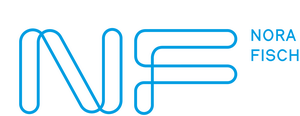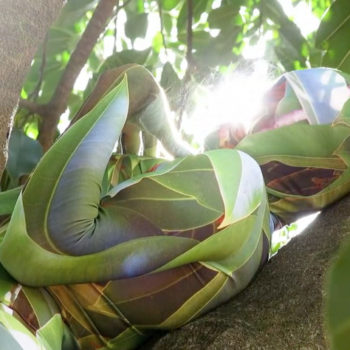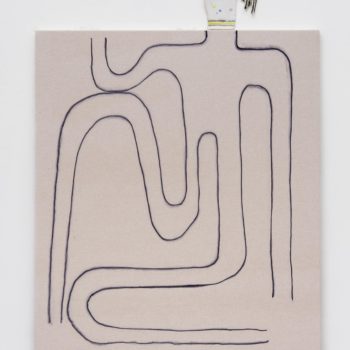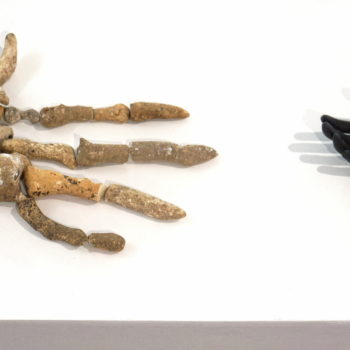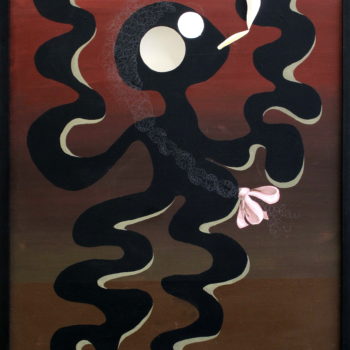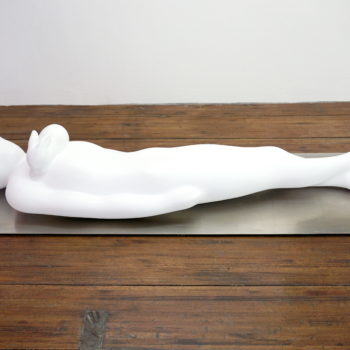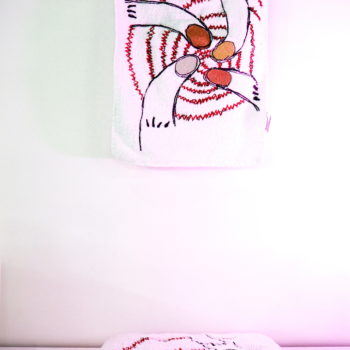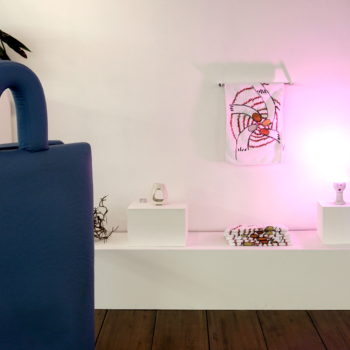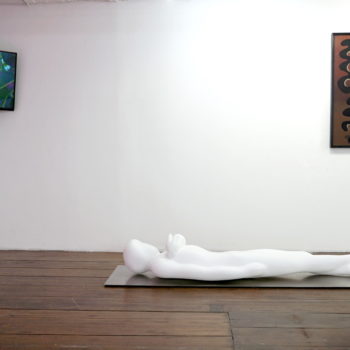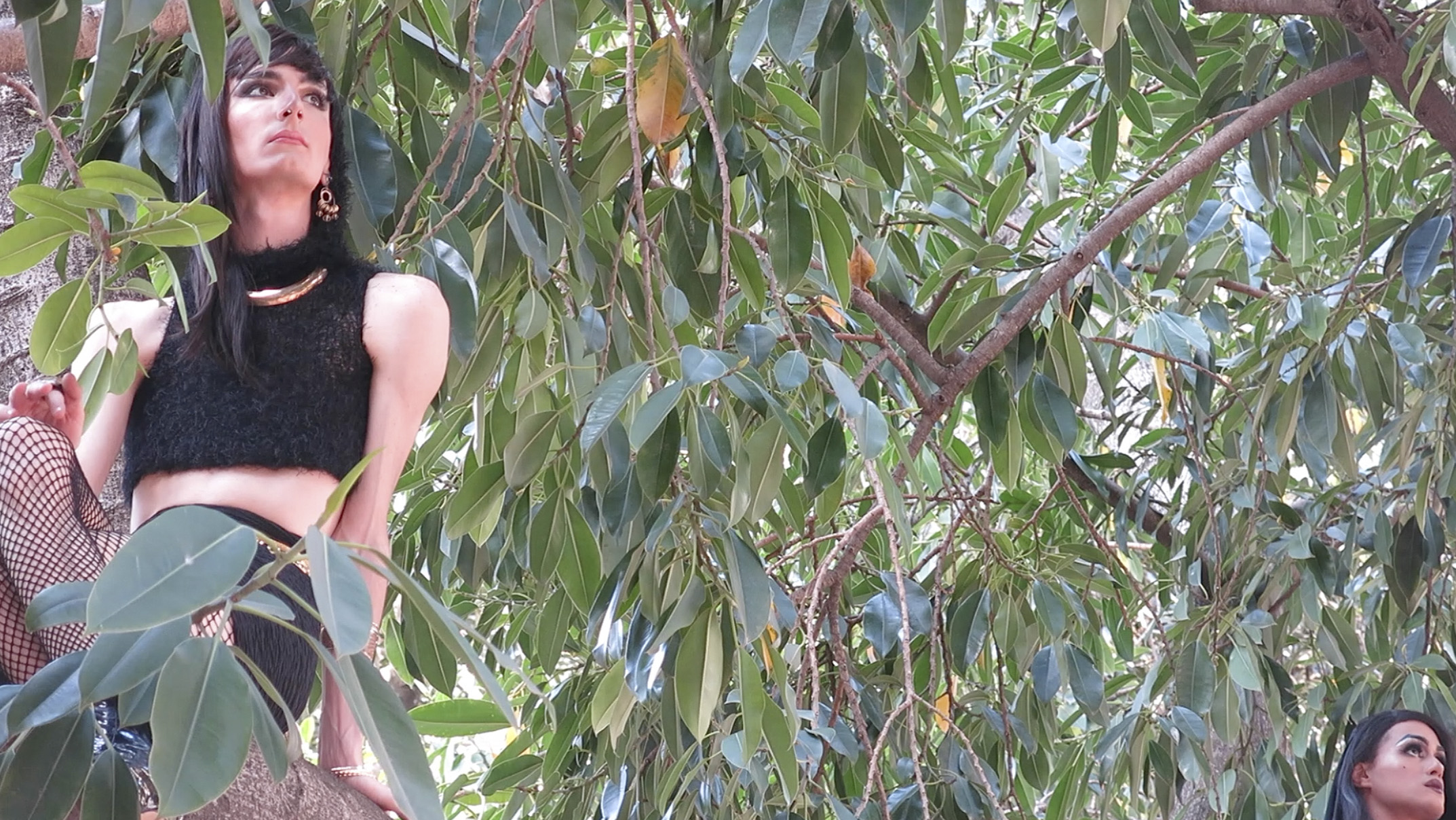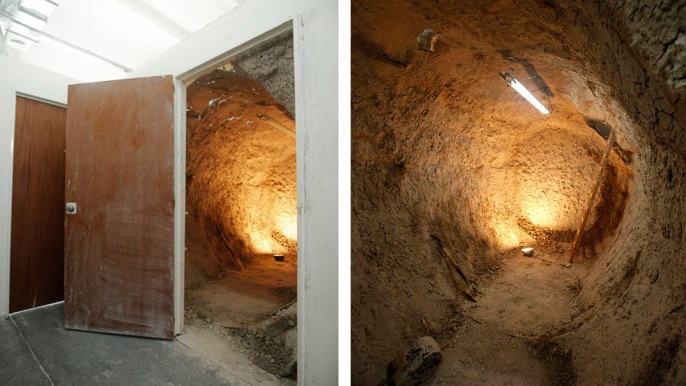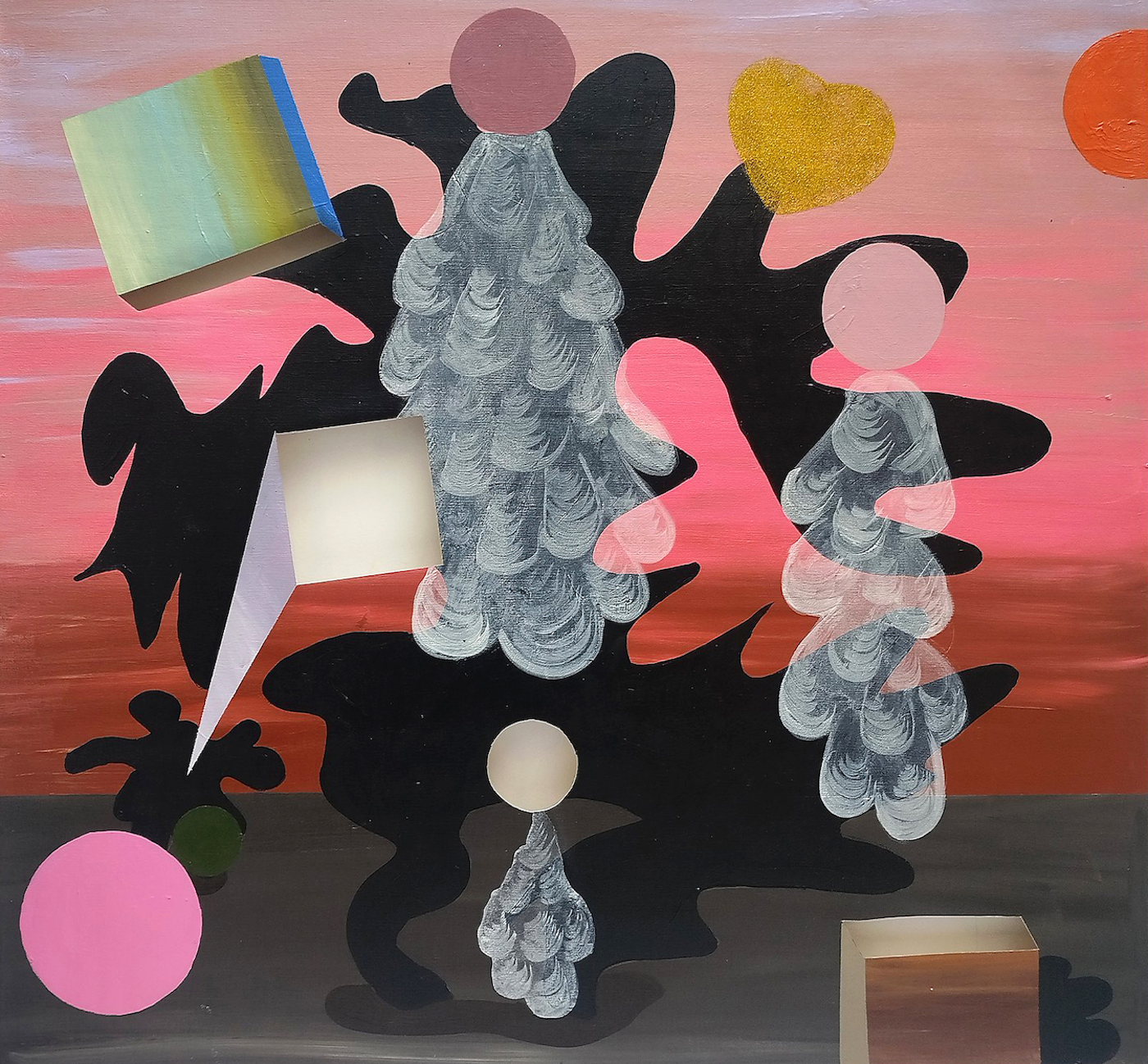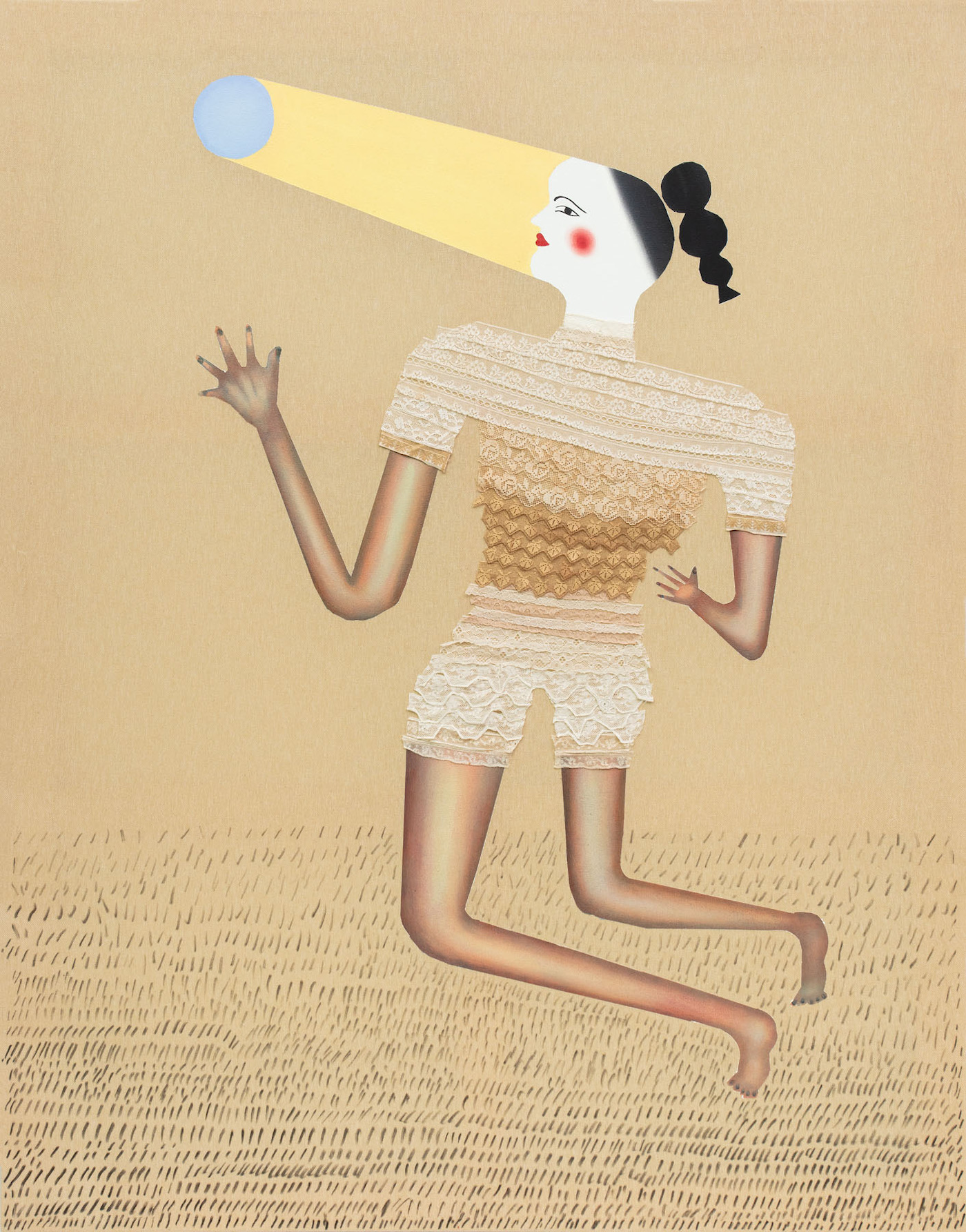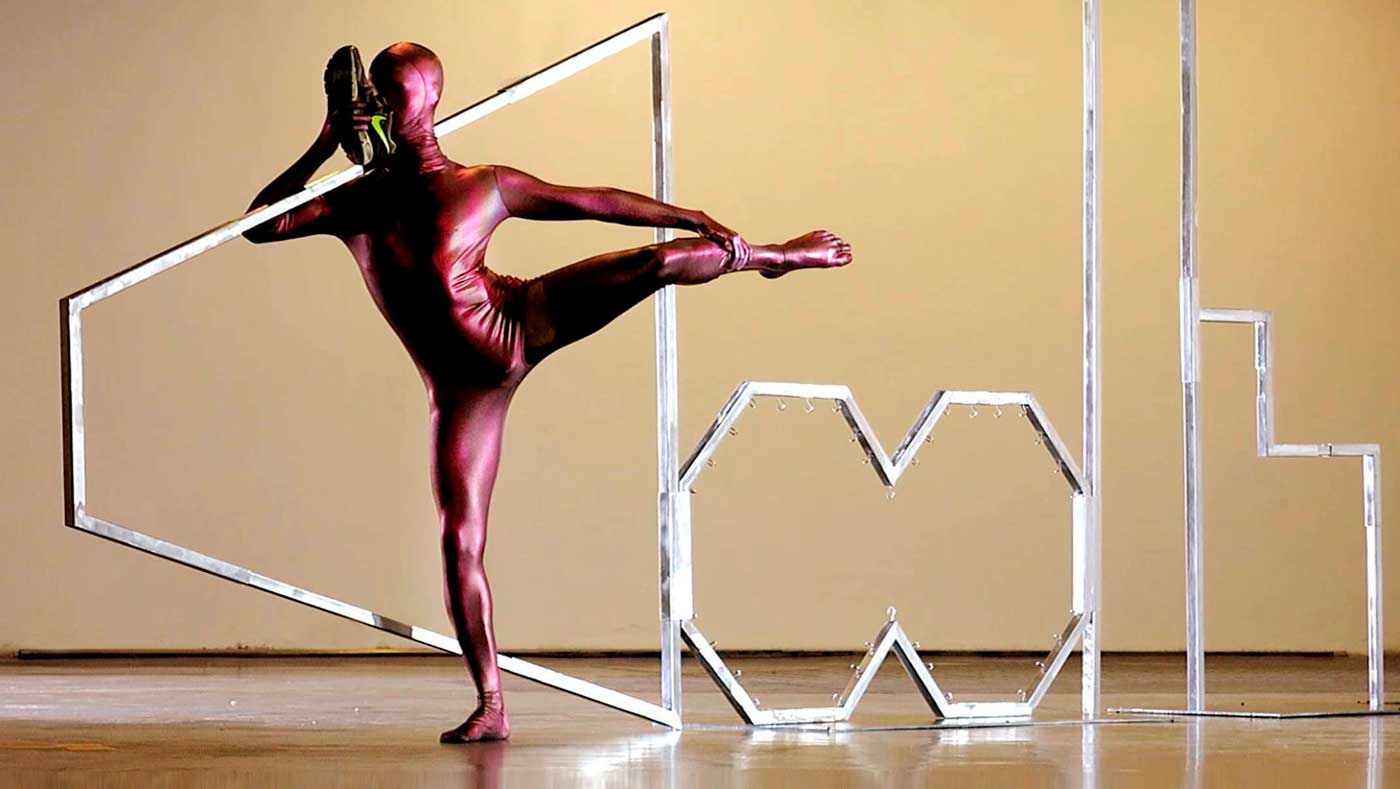Elba Bairon, Claudia Fontes, Fernanda Laguna, Juan Tessi, Rosa Chancho, Osías Yanov.
31 de Agosto – 20 de Octubre 2018
INFO
This exhibition presents highlights from the gallery’s program, works by six of its represented artists. The pieces are linked by a common thread which is the representation of the body in a state of flux, transitioning from one shape or condition into another, dissolving and re-emerging, redefining itself, finding new forms. None of the works were specifically commissioned around this subject, they were all pre-existing pieces made at different times between 2011 and 2017, some of them have already been exhibited in biennials or museums. The fact that a group of artists who approach their practices from very diverse perspectives, narratives and interests coincide in representing the human form as an unstable body speaks to the deep transformations overtaking global culture in terms of identity, as we witness profound revisions regarding issues of gender, the position of humans vis-a-vis nature and other living species, the deep transformations brought by technology, the reconsideration of cultural legacies arising in post-colonial contexts. As some thinkers address the idea of the post-human mostly referring to the dismissal of the anthropocentric view around which Western culture was developed, the body as container and anchor of all that is said, done, constructed, now appears in a state of transition, reflecting and producing an unstable world which needs to find a way to redefine itself amid this fluidity.
Gomero, a meditative video loop by Osias Yanov (Buenos Aires 1981), shows a community of cross-dressing youth —who have frequently collaborated with Yanov— as they languidly rest atop branches of a tree. At the end of this three-minute loop, one of the characters has morphed from man to woman to tree, enveloped in a leaf-patterned whole bodysuit. Gomero was exhibited in the 2017 edition of the Kwanju Biennial, Korea, curated by Maria Lind.
Elba Bairon (La Paz, Bolivia, 1947) references classical and modernist European sculpture, yet the shapes of her figures steeped in a climate of silence and extreme formal precision appear as in the process of dissolving or, on the contrary, emerging as such. The final shape of each work is the result of proprietary techniques and materials Bairon has developed based on finely ground paper paste mixed with hardeners which she applies in many successive sanded layers. The work here presented was previously exhibited at MALBA during Elba Bairons solo show in 2013. Bairon is currently participating in the Sao Paulo Biennial.
Fernanda Laguna (Hurlingham, Provincia de Buenos Aires, 1972) is one of the most influential artists of her generation in Argentina, due to her multidisciplinary approach that centers around the visual arts but includes bold poetry and novels, the creation of alternative exhibition and gathering spaces such as Belleza y Felicidad (Beauty and Happiness), a watershed moment in the development of art in Argentina and an exemplary social practice she has been carrying on for the past 15 years in the marginalized neighborhood of Villa Fiorito. The work included in the show, dated 2011, is one of the earliest examples of her painting series Abstract Shapes That Look Like Something, where black shapes act like humans, dancing, smoking, falling in love and acquiring some of the artists autobiographical traits. Currently Laguna is participating in Site Santa Fe, NM, USA and showing at Campoli Presti gallery in London.
Juan Tessi (Lima, Peru 1972) explores of the language of painting as it moves from one pictorial support, format and approach to another, intersecting reflections on desire, on the relationship between painting and biological processes. The body and its impulses remain its central reference. In his Ceramicas series Tessi draws the contours of bodies in such way that their interior and outer areas appear mixed up, their ceramic heads inhabiting in a different realm, outside of the canvases.
The border between human and non-human is a recurrent theme in the work of Claudia Fontes (Buenos Aires, 1964). Foreigners, her series of small scale porcelain sculptures enact bodies morphing into plants, coral, stones. Animals appear in her work as metaphor and delimitation of that which is human at the core. La otra mano (The Other Hand), alludes to the eventual transformation of all bodies. Claudia Fontes was the artist chosen for the Argentinean Pavilion in the 2017 Venice Biennial. She is one of the artists/curators in the current edition of the Sao Paulo Biennial where she is presenting her project El pájaro lento (The Slow Bird).
Rosa Chancho is an artists collective formed by Julieta García Vazquez, Mumi, Osías Yanov and Javier Villa. They were very active and influential between 2006 and 2013, with their mostly performative and relational work. Ten Hands Massage, consisting in a massage given by all members of the collective simultaneously, was first offered in 2010. People who experienced it describe it as inducing the sensation that the body melts away. In this new version they will offer four massages every two weeks (by appointment, outside of gallery’s open hours), during which the exhibition will be transformed by a change in lighting and other elements.
